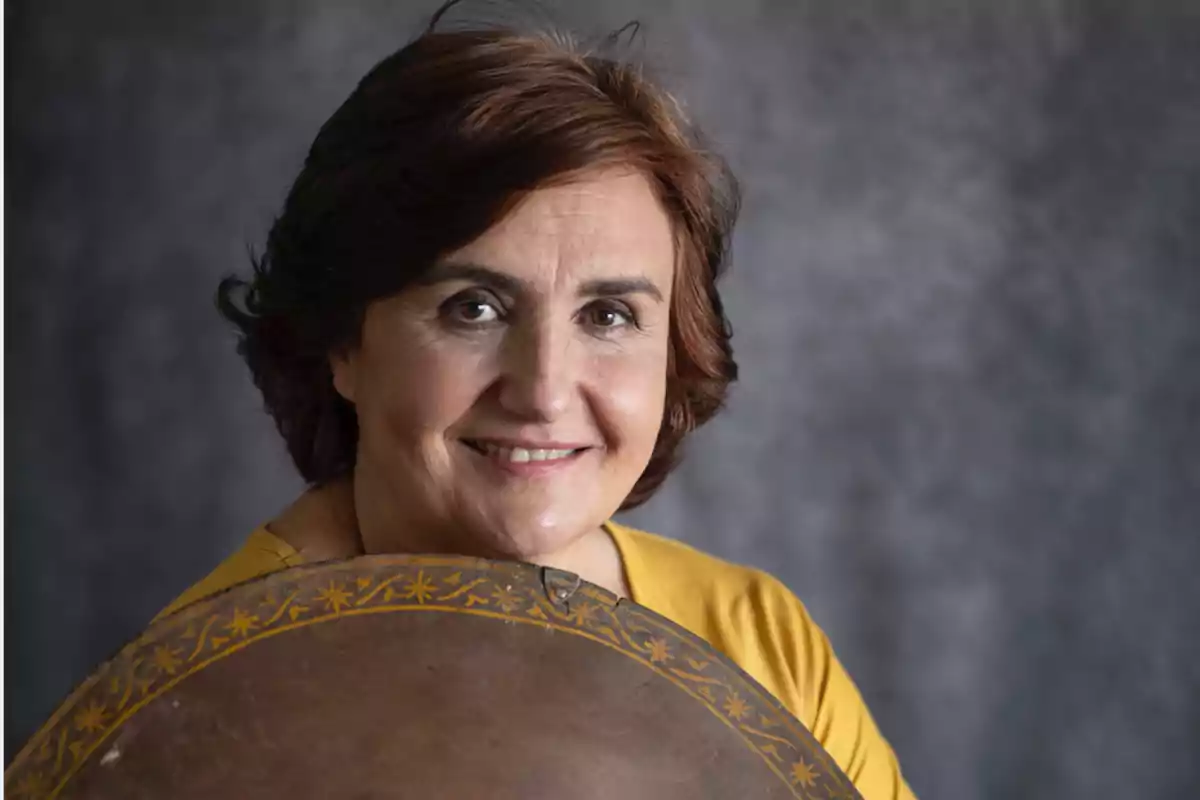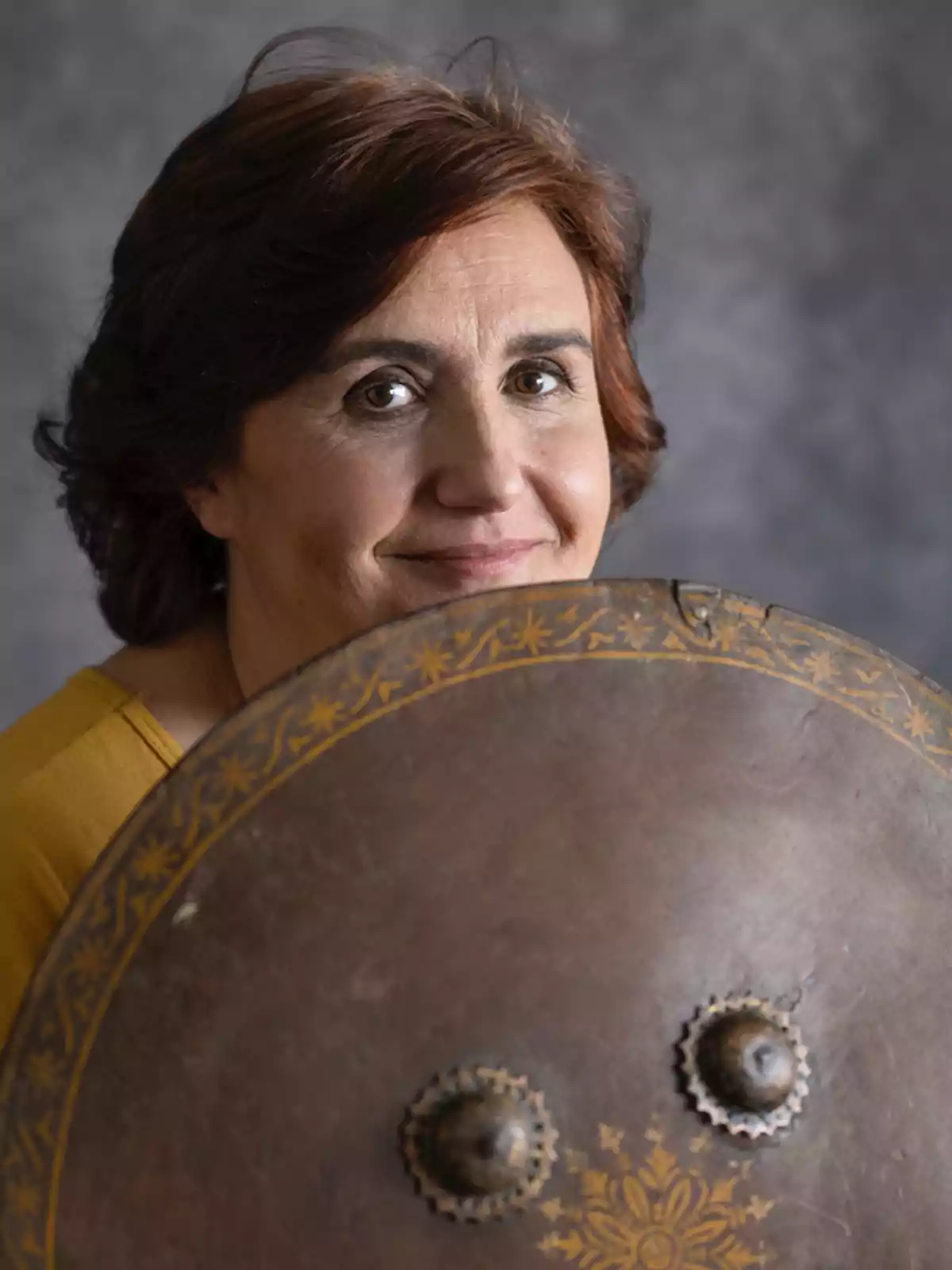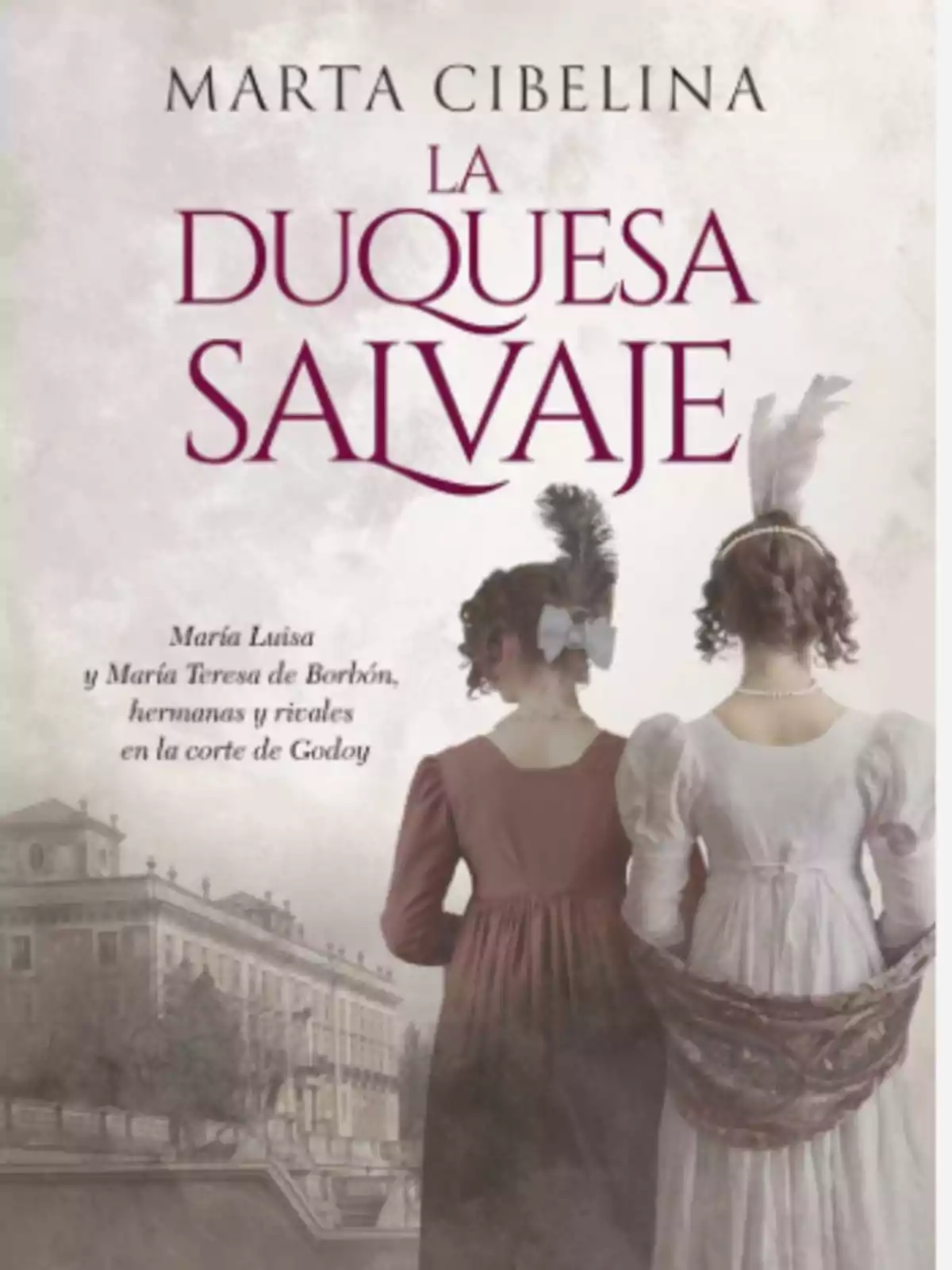
Marta Cibelina on morganatic unions: 'We would have been better off with other kings'
The author of 'The Wild Duchess' recreates the marriage between King Don Luis and the aristocrat María Teresa de Vallabriga
Last Thursday, Real Casino de Madrid hosted the discussion led by the author Marta Cibelina about the history of morganatic marriages in the Bourbon dynasty. The discussion was held on a significant date as King Felipe VI and Letizia celebrated their 21st wedding anniversary.
The author has just published "La Duquesa Salvaje" (La Esfera de los Libros), a work that revolves around the figures of María Luisa and Maria Teresa de Borbón, daughters of Infante Don Luis de Borbón and the result of a morganatic marriage with the Countess of Chinchón María Teresa de Vallabriga.
-What is a morganatic marriage?
-The origin of the word morganatic is Latin, specifically from late Latin. This word refers to the gift offered to women in an unequal condition compared to the spouse. This was a morning gift, and thus, any inheritance rights for the woman of lower social class and her descendants were settled.

-What was the purpose of this marital union?
-One of the intentions was the protection of the estate by the ruling classes so that it would not diminish or fall into the hands of lower classes.
-Do you think that the morganatic marriage denigrated women?
-It was a form of social discrimination. At that time, it was also prevented for high-class women to marry men of lower rank. It was not well regarded.
-Morganatic marriages have been common in the history of the Bourbon family, as in the case of Infante Don Luis and Countess María Teresa de Vallabriga, what happened in this union?
-In "La Duquesa Salvaje," my latest book, I address the story of María Teresa and María Luisa, daughters of Infante Don Luis and María Teresa Vallabriga. They are the result of a morganatic marriage. Infante Don Luis married María Teresa, who belonged to the nobility and descended from the Stuart family. He chose her after falling madly in love.
There is a key moment in this story. King Charles III, Don Luis's brother, created the Pragmatic Sanction months before the Infante married. This rule was created to ensure that his brother's descendants would not ascend to the throne. The monarch distrusted that Don Luis might wield blood rights for himself and his descendants to the Spanish throne.
-Another well-known case was that of Beatriz de Borbón y Battenberg, grandmother of the media figure Alessandro Lequio...
-Infanta Beatriz, daughter of King Alfonso XIII, married Alessandro Torlonia. He was Prince of Civitella and was born into one of the largest fortunes in Rome as they owned the Torlonia Palace. The marriage had four children, among whom was Sandra Torlonia, who was the mother of Alessandro Lequio.

-Do you think morganatic marriages have sparked controversy in the Spanish royalty?
-Morganatic marriages have changed history in some way. At one point, perhaps we would have been better off if the descendants of Infante Don Luis had reigned rather than the monarchs Charles IV and Ferdinand VII. In fact, one of Infante Don Luis's sons served as regent in the Cortes of Cádiz. He was a young liberal, cultured, and principled.
-The last case of this type of union in the royal family took place in the marriage of Felipe de Borbón and Letizia Ortiz, who have celebrated their 21st wedding anniversary...
-It should be remembered that the 1978 Constitution reflects that there are no longer birth requirements for the consorts of royal family members. Therefore, there is equality before the law. The Pragmatic Sanction was an obsolete rule, although if it were still in force, the history of the Spanish monarchy would have been different.
-She was not an aristocrat, but she was a journalist, how do you describe her role as Queen of Spain?
-Queen Letizia has broken molds and shares the strong character that María Teresa de Vallabriga, wife of Infante Don Luis, had. I believe she has dispelled the criticisms that the king would destroy the Monarchy by marrying a commoner.
-Why has there been so little talk about morganatic marriages?
-Normally, history focuses on portraying the winners. In a way, Don Luis and his wife were failures who lived in Arenas de San Pedro and the family could not set foot in Madrid.

-What role do women play in your book "La Duquesa Salvaje"?
-The women rebel against the situation they have to live in. At that time, they had no rights and the patriarchy "roamed" freely. They are condemned to obey their husbands in all aspects and suffer all kinds of humiliations. The protagonist of my novel stands up to the established norms.
-After "La Duquesa Salvaje," which historical figure would you like to write about?
-I have several in mind, but for now, I keep it a secret.
More posts: